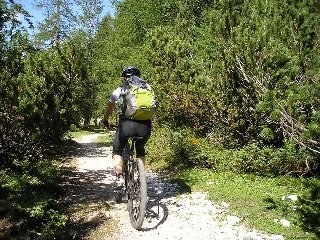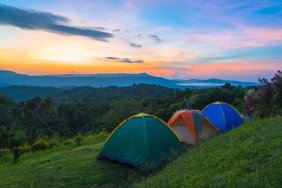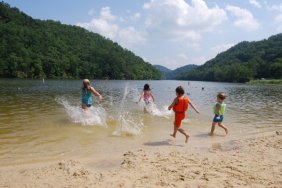 Welcome back after the holidays! I hope you all had a great Christmas and you’re ready to jump right back into learning more about traversing the trails and rivers of this country. Today we’ll continue our exploration of the basics of bikepacking. Last week, we took a look at some of the gear you’ll need, as well as what kind of bike will work best for your needs. Keep reading as we finish with a look at some preparation tips for bikepackers.
Welcome back after the holidays! I hope you all had a great Christmas and you’re ready to jump right back into learning more about traversing the trails and rivers of this country. Today we’ll continue our exploration of the basics of bikepacking. Last week, we took a look at some of the gear you’ll need, as well as what kind of bike will work best for your needs. Keep reading as we finish with a look at some preparation tips for bikepackers.
Aside from the added storage options you’ll need to carry your overnight gear, bikepackers will also want to make sure not to leave home without the basics, including a helmet, a repair kit for your tires and tubes, spare tubes, and tools (multi-tool, chain tool, and Allen wrenches). You might also want to bring along chain lube and a lock for longer trips, or ventures into town to restock. If there’s a chance you might have to ride at night, I’d also bring a headlamp or mounted lamp.
One thing that first-timers may overlook is the fact that there’s a strong chance that they’ll be walking often. For this reason, it’s smart to either bring an extra pair of shoes, or make sure your riding shoes are comfortable enough for the occasional walk. Finally, if you can fit it, a tarp is a welcome method for keeping your bike—or yourself—protected from potential rainfall.
If you’re new to bikepacking, it’s smart to plan your first venture for parks and wilderness areas near you, such as a state park a forest service road. Most casual bikepackers plan overnight trips, where they head out early on Saturday, ride out to a secluded site overnight, and then head back home the next day. Such a trip is great practice and, in fact, is common for avid bikepackers.
Finally, when it comes to actually riding while carrying additional gear, there are few things you’ll need to keep in mind. The extra weight means you’ll need to watch your speed, especially when going downhill. You’ll also need to allow for longer distances when stopping and more room when taking corners. I’d also use less strenuous gears, especially if you’re not used to riding trails.








